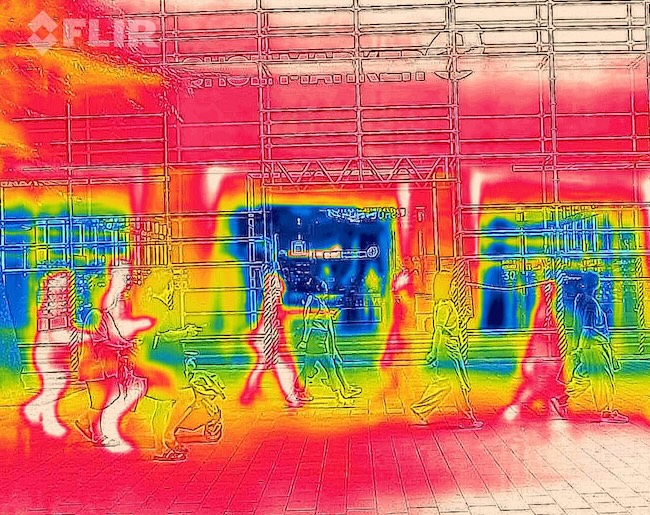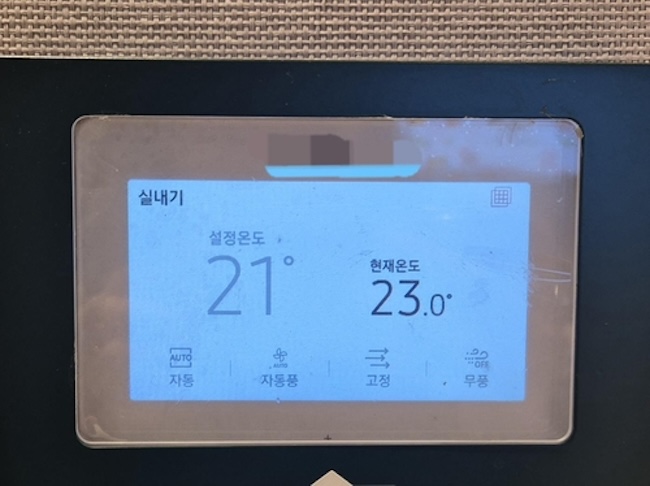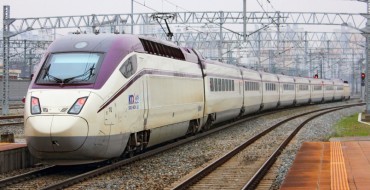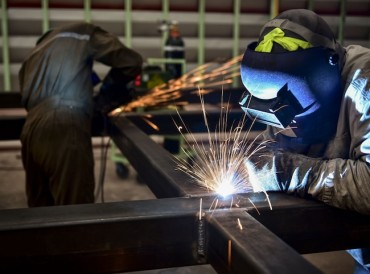
As summer temperatures soar past 30 degrees Celsius in Seoul, a peculiar scene unfolds in many of the city’s cafes: customers huddled in long-sleeved cardigans and shirts, seeking refuge from the arctic chill of overzealous air conditioning. (Image courtesy of Yonhap)
SEOUL, Jul. 15 (Korea Bizwire) – As summer temperatures soar past 30 degrees Celsius in Seoul, a peculiar scene unfolds in many of the city’s cafes: customers huddled in long-sleeved cardigans and shirts, seeking refuge from the arctic chill of overzealous air conditioning.
On July 11, as the outdoor temperature climbed, a visit to a popular franchise cafe near Gangnam Station revealed thermostats set to a brisk 21 degrees Celsius, with the actual indoor temperature hovering around 23 degrees.
This stark contrast between sweltering streets and frigid interiors has ignited a debate about energy consumption and environmental responsibility in a time of climate crisis.
“It’s sweat-inducing heat outside, but the moment you open the cafe door, you’re hit with a wave of cold,” said Lee, a 23-year-old college student studying in one such cafe. “It feels great at first, but after 30 minutes, I’m reaching for my jacket.”

A visit to a popular franchise cafe near Gangnam Station revealed thermostats set to a brisk 21 degrees Celsius, with the actual indoor temperature hovering around 23 degrees. (Image courtesy of Yonhap)
This sentiment is echoed by many cafegoers. Choi, a 36-year-old freelancer who frequently works from cafes, admitted, “I always make sure to bring a shirt. Sometimes it gets so cold that I deliberately step outside to warm up.”
A survey of several large cafes in the Gangnam area found most maintaining temperatures between 22 and 24 degrees Celsius, with some dipping as low as 21 degrees.
This practice of extreme cooling is raising eyebrows in a country increasingly concerned about climate change. Kim, a 29-year-old office worker in Seoul, expressed his worry: “It seems like excessive air conditioning is the norm everywhere indoors these days.
With recent extreme weather events like heavy rains, I can’t help but think that the cooler we make it inside, the hotter it’s getting outside.”
The health implications of these drastic temperature differentials are also a concern. Dr. Kim Kyung-woo, a professor of family medicine at Seoul Paik Hospital, warns of the risk of “air conditioning sickness,” which can cause cold-like symptoms, headaches, and fatigue. He recommends maintaining indoor temperatures between 26 and 28 degrees Celsius.
This aligns with guidelines from the Korea Energy Agency, which advises a summer indoor temperature of 26 degrees Celsius (79 Fahrenheit). An agency representative emphasized the importance of energy conservation, suggesting the use of fans or circulators in conjunction with air conditioning to improve cooling efficiency.
Even cafe staff are feeling the chill. One part-time worker at a franchise cafe, who asked to remain anonymous, shared, “We sometimes get conflicting requests from customers – some want it cooler, others warmer. But it does seem excessive that we run the AC at full blast even during slow morning hours.”
Lina Jang (linajang@koreabizwire.com)





